by GABRIEL SILVEIRA
In 1955, the M42 Duster entered service with the Bundeswehr under the name “Flakpanzer M42 Duster.” Germany acquired 500 M42 Duster vehicles for the Bundeswehr.
In 1966, the Germans needed a replacement for the M42, which was already obsolete. Two prototypes were presented: the Matador from Rheinmetall, AEG, Siemens and Krauss-Maffei; and the 5PFZ-A from Oerlikon. At the end of the competition, the Germans thought that the 5PFZ-A was a better vehicle and its production began.
Initially two batches were delivered: one including four test vehicles in 1971 and 12 pre-series vehicles in 1973. Also in 1973, the vehicle was given the name “Flugabwehrkanonenpanzer Gepard,” which is abbreviated to “Flakpanzer Gepard.”
The Bundeswehr began to withdraw its Gepard vehicles from service in 2010. The Gepard 1A2 version will be the subject of this thread.
To save resources, the Gepard was based on the same hull as the Leopard 1 with some changes—one of them is the space between the third and fourth wheels, which increased the size of the hull a little.
At the front in the hull was installed a four-cylinder Daimler-Benz OM 314 diesel engine, which provides power to the vehicle’s electrical systems. This engine provides power for traverse, gun lift and radars.
You can see the exhaust of this engine on the left side of the vehicle and extending to the back.
The engine compartment was enlarged to make room for six 24-volt batteries; unfortunately I could not find photos of the batteries or identify them in this image.
The vehicle received the same engine as the Leopard 1. The MTU MB CA M500, with 830 horsepower, can take the vehicle to a maximum speed of 65 kilometers per hour on the road.
The Leopard 1A5 weighs 42 tons; the Gepard 1A2 weighs 47 tons on account of the turret, radars and additional engine. It’s worth remembering that the turret of the vehicle has reinforced armor—and the frontal radar has armor, too.
The commander and gunner have their own stabilized panoramic vision systems that sit next to each other on top of the turret—stabilized systems that help acquire targets even with the vehicle moving. The system is binocular and has a zoom of 1.5X to 6X.
The turret is manned by the commander and gunner. Five displays present important information about the vehicle.
The first panel is a computer, which calculates the amount of ammunition needed for the target and calculates the future location of the target. In addition, the computer also contains navigation data.
The main functions of the second panel is to select the type of target, ground or air. On this panel, the type of ammunition is selected; in addition the panel also triggers the search radar.
The third panel shows the aircraft picked up by the tracking radar. All aircraft detected by the radar within a radius of 15 kilometers appear on this screen.
The fourth panel passes information from the fire-control radar; it calculates distance and speed and also automatically locks onto the target. The crew only needs to pull the trigger. In this panel you will also find the safety devices.
The fifth panel has more security options and other functions such as test-firing to see if any ammunition was in the breech. On this panel there’s also the option to turn on the 35-millimeter guns and the shooting mode: burst, intermittent or single.
The search radar is behind the vehicle’s turret and the fire-control radar is at the front. Both radars can track a target 15 kilometers away. The search radar works with S band and the fire-control radar works in the Ku band.
The main armament of the vehicle is two Oerlikon KDA 35-millimeter guns, stabilized and with projectile velocity meters in the muzzle. Each gun fires at a rate of 550 rounds per minute or 1,100 rounds per minute. Muzzle velocity is 1,180 meters per second.
These cannons can fire semi-armor-piercing high-explosive incendiary; high-explosive incendiary; or frangible armor-piercing discarding sabot. In total, the vehicle carries 640 anti-aircraft rounds and 40 anti-tank rounds.





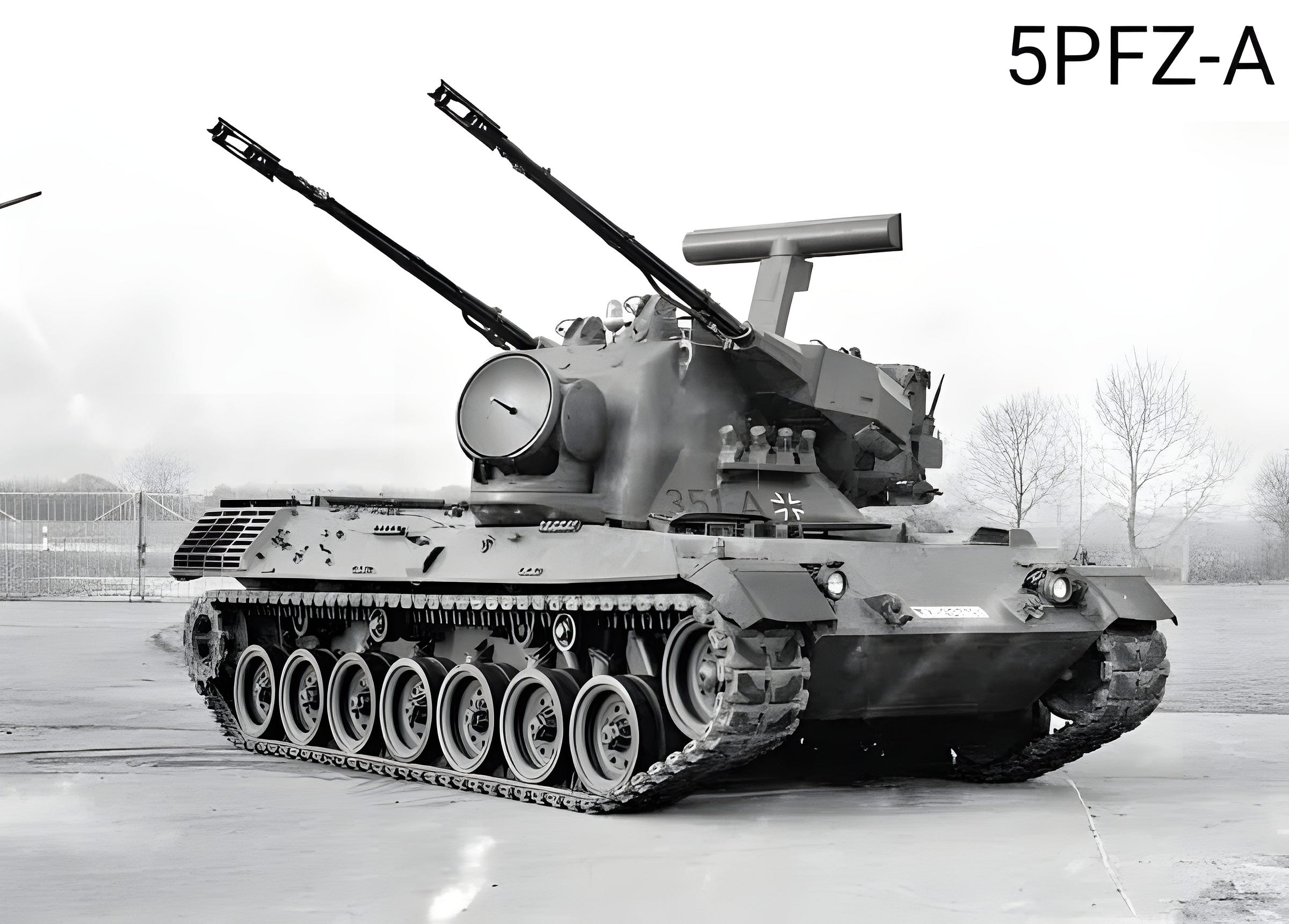

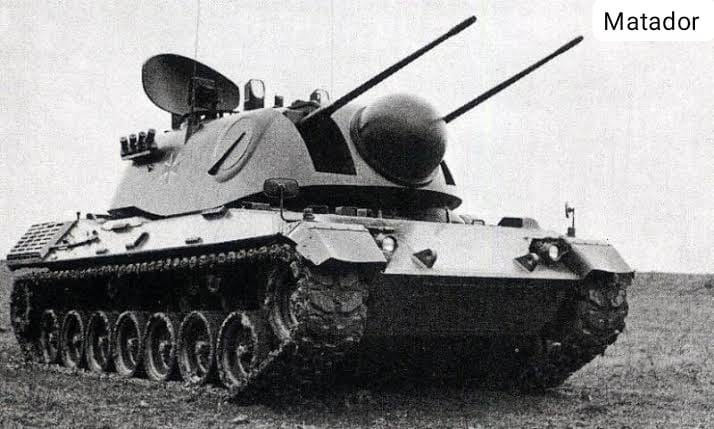
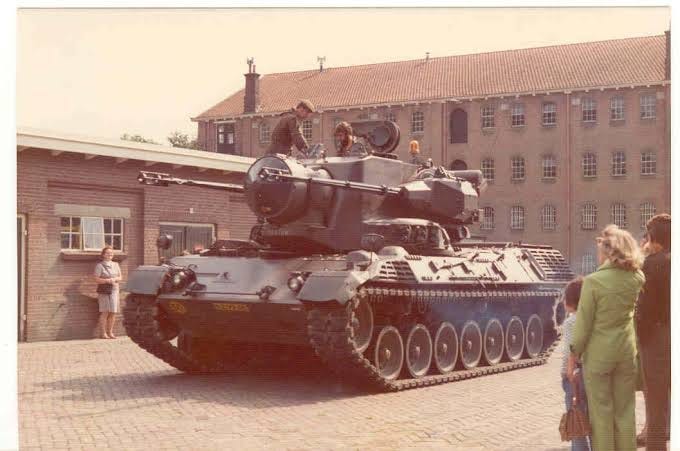
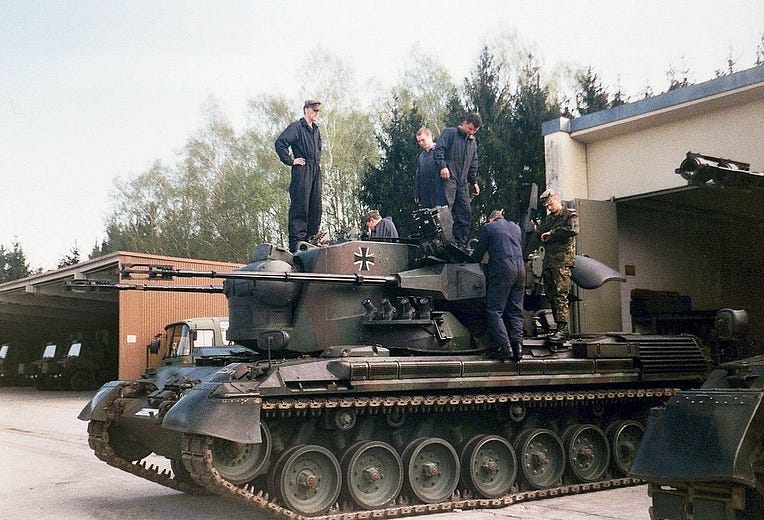
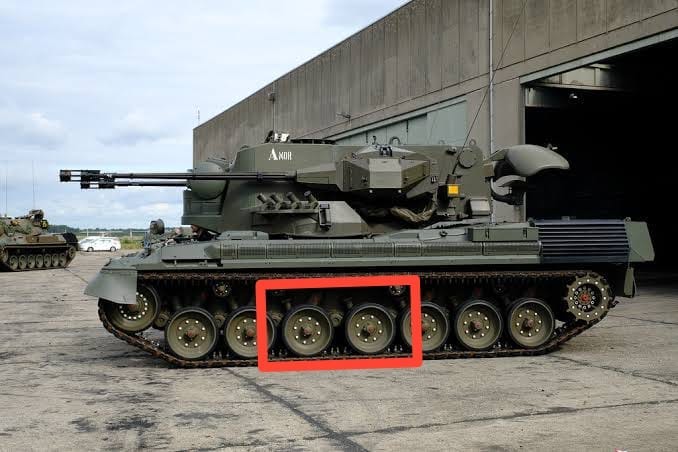
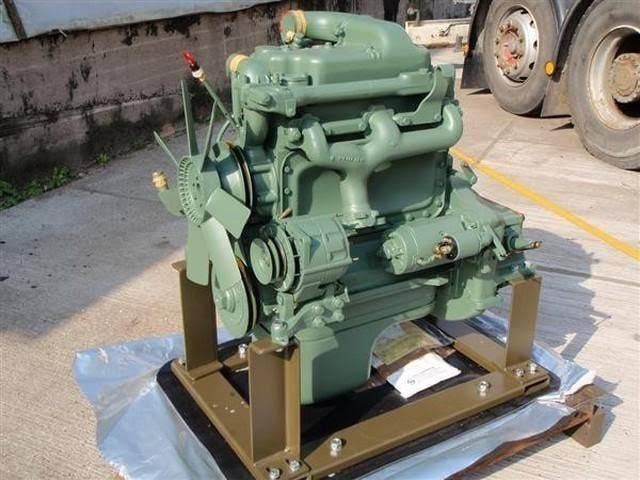
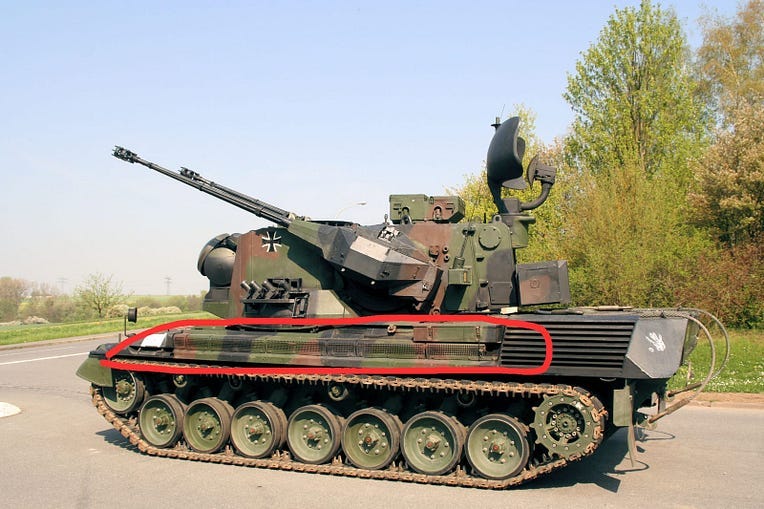
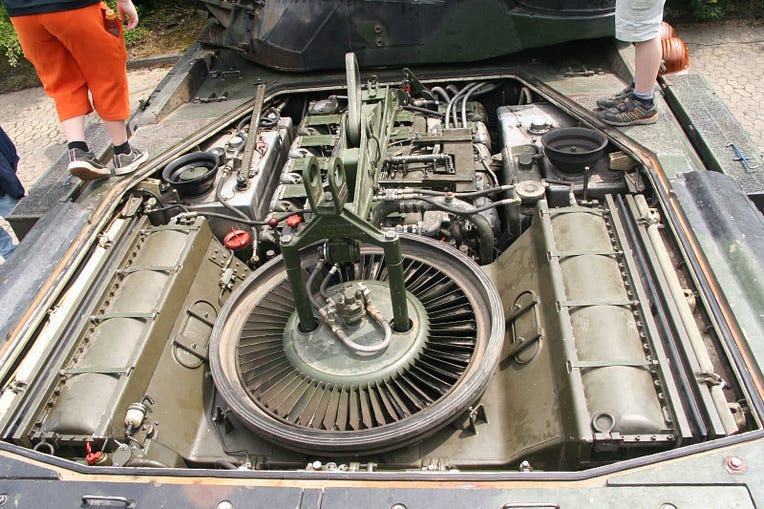
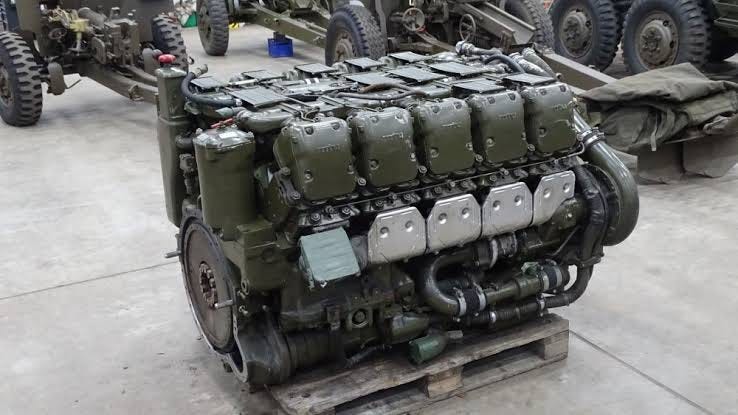
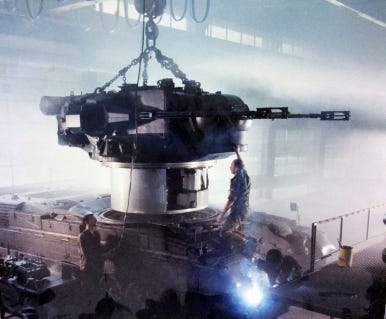
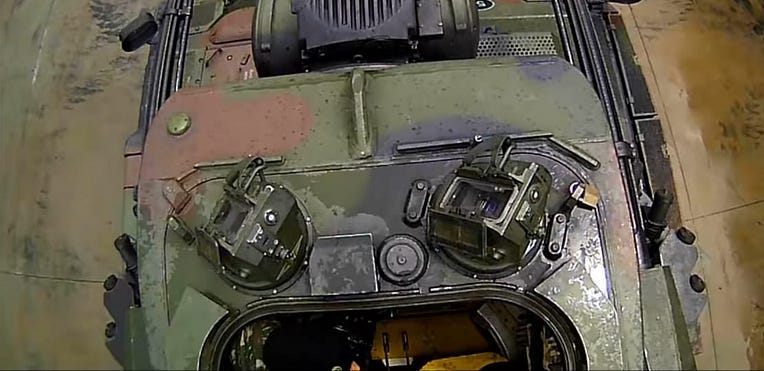
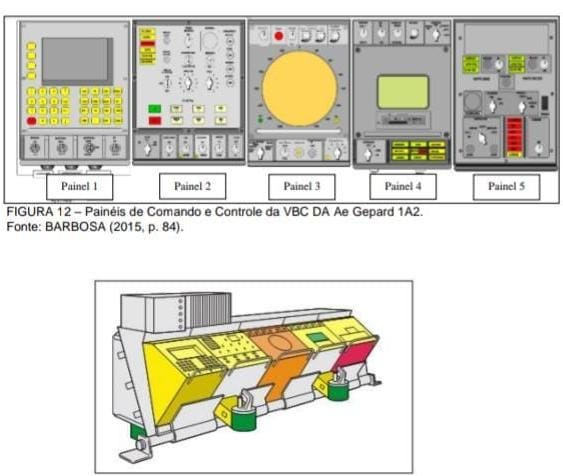
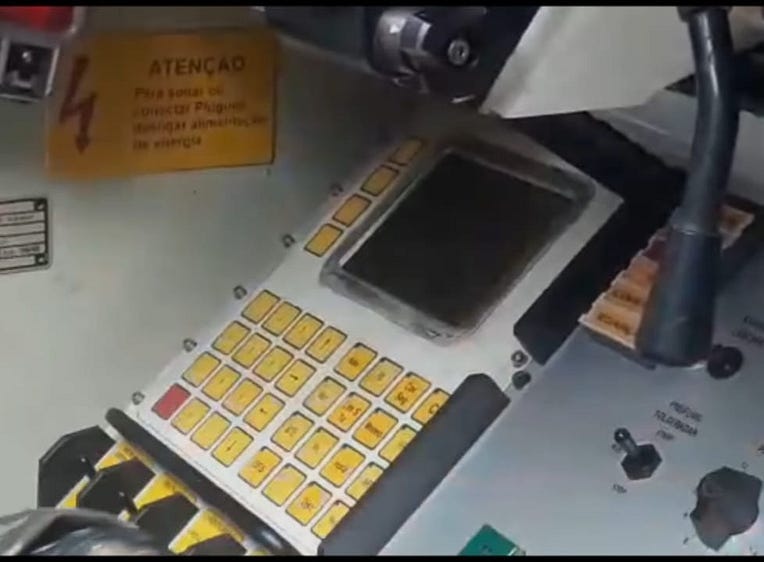
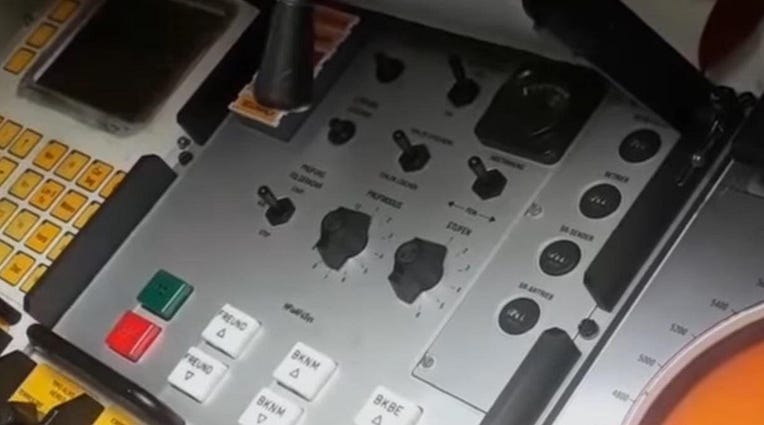
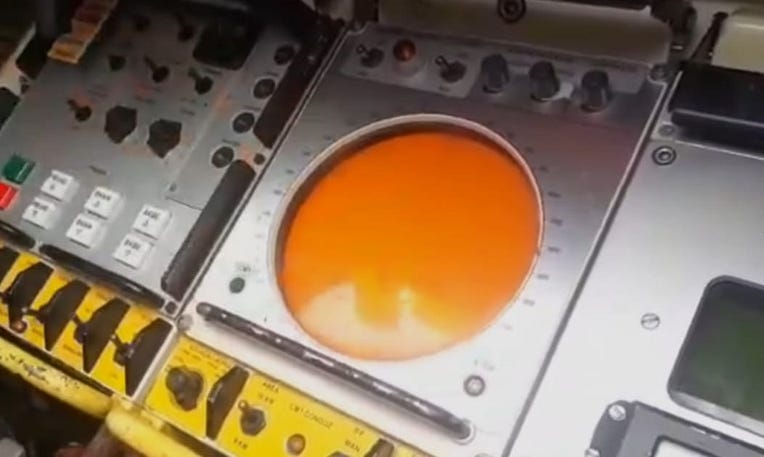
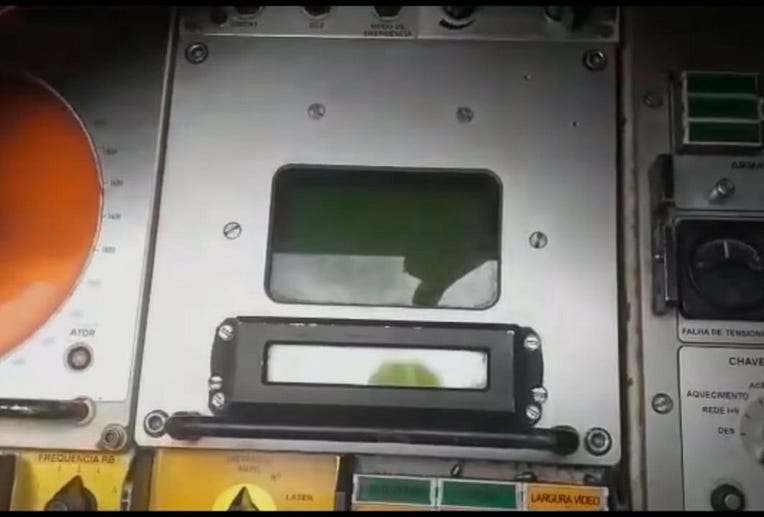
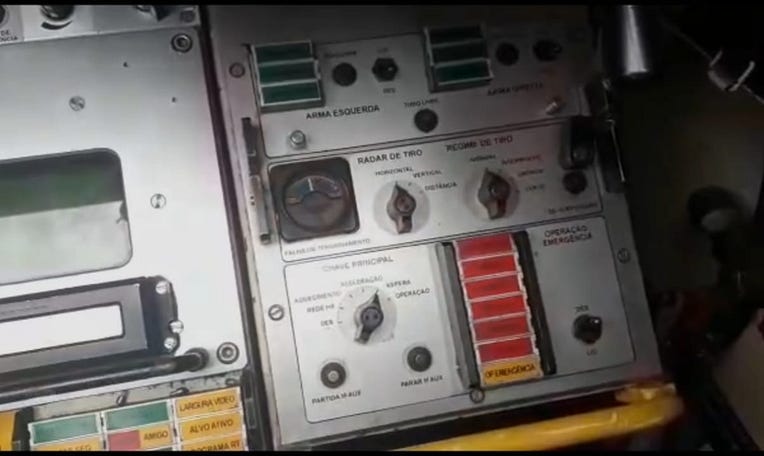
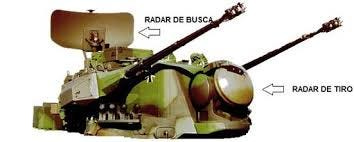
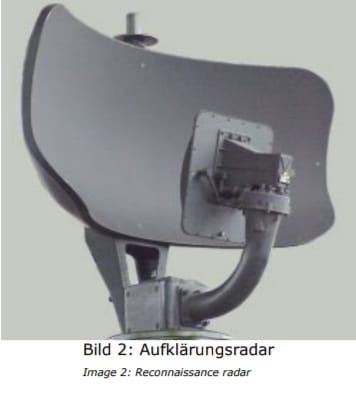

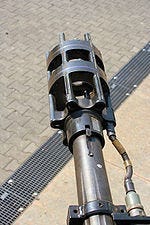
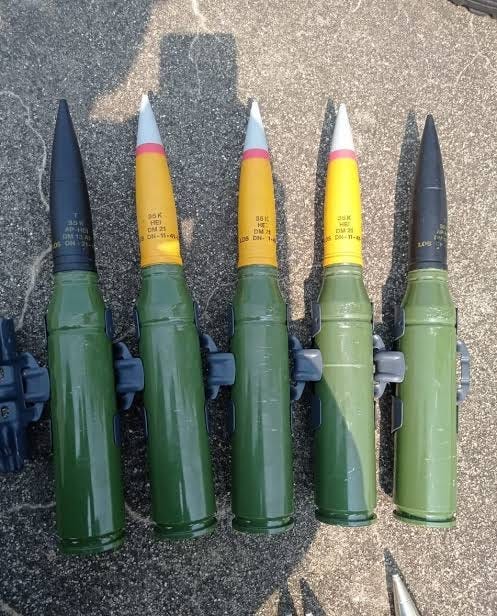
Quite the beast!